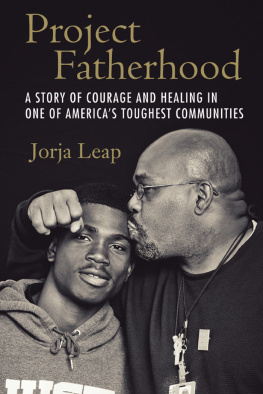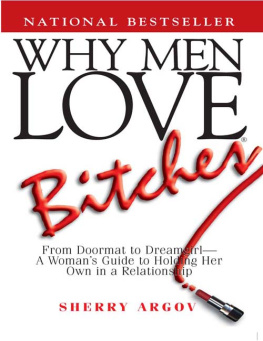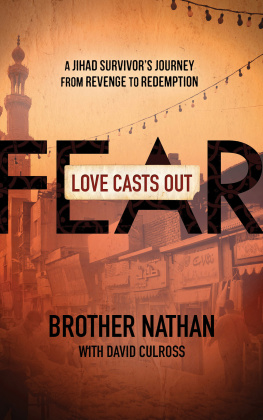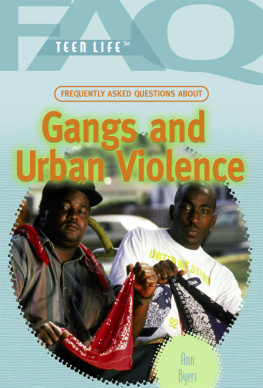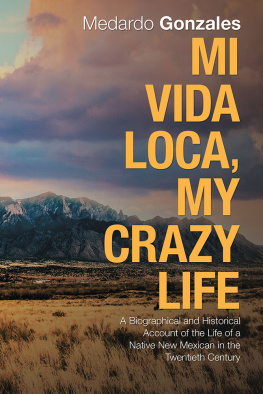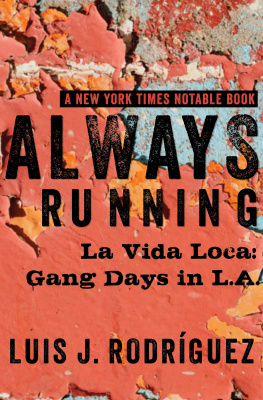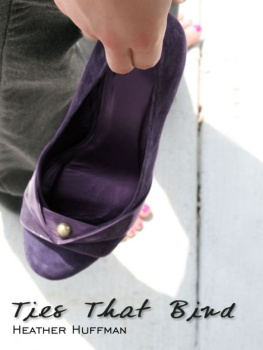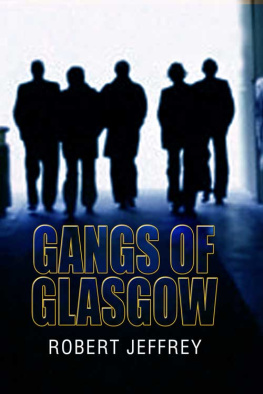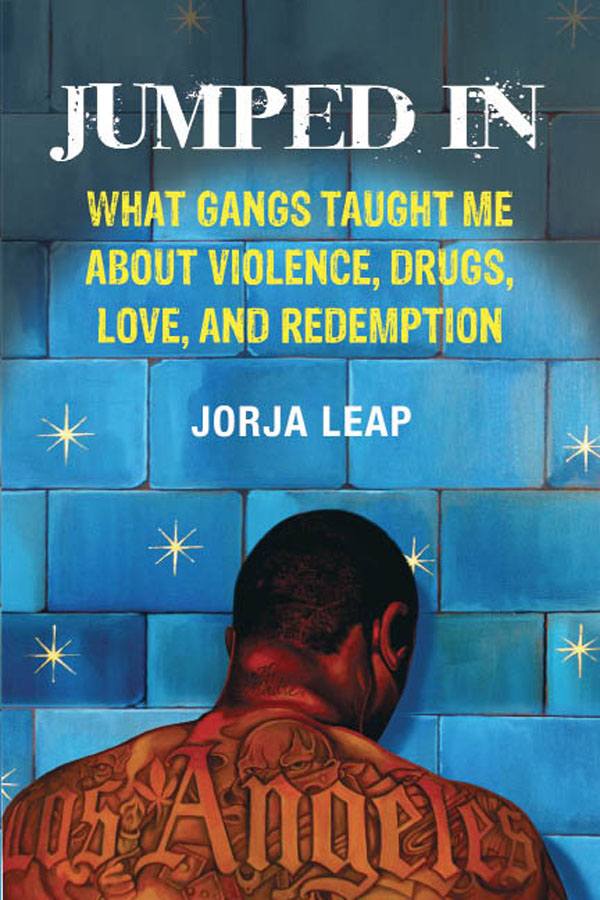JUMPED IN
What Gangs Taught Me about Violence,
Drugs, Love, and Redemption
Jorja Leap
Beacon Press
Boston
This book is for Mark
and for Shannon.
To live outside the law,
you must be honest.
Bob Dylan
Contents
One. Napalm
Dont go believin anything unless you see it.
And even then, don be too sure.
Big T.
I cannot say exactly when I saw my first dead body. Probably my earliest experience with one was when I was around eleven years old and my grandmother was diagnosed with brain cancer. My mothers reaction was that I should go, as soon as possible, to a funeral, any funeral. There was a crazy kind of logic to this. Open caskets were de rigueur at Greek Orthodox funerals. My mother wanted to protect me from being surprised or upset when I eventually gazed upon the body of my soon-to-be-dead grandmother, who was terminally ill with brain cancer.
She also decreed that I wear navy blue, because I was far too young for basic black. Consequently, my attendance at this first funeral was preceded by a shopping expedition. From then on, death and new outfits would be inextricably linked in my mind. And so, wearing a navy blue dress with white piping and matching jacket, I saw my first dead body. The body itself belonged to a distant and elderly relative and resembled nothing so much as a mannequin in a dress shop for mature women. I felt curiously detached. I had the same feeling eight months later when my grandmother actually died. Somehow the body remained abstract, unreal.
Since then, Ive been to many funerals and have seen a lot of bodies. These ceremonies involved godparents, aunts, uncles, and extended family. What I looked at seemed more some sort of cosmetic marvelcarefully made up, well dressed and artificiala stand-in for the person who had died. I finally saw the real dealbodies without benefit of a morticians makeoverwhen I was a young social worker at an LA County hospital emergency room. The bodies there had, for the most part, met some grim ending. Dead of a gunshot wound or decapitated in an auto accident. They were so freshly dead, they often appeared to be twitching (and in some cases were). These were the bodies of the barely departed, yet they still failed to register within me, emotionally. Even more extreme experiences awaited me beyond the ER. Several years later, serving as a UN volunteer in post-war Kosovo, I saw bodies in varying states of decomposition, twice at mass burial sites. Still I looked upon them with detachment, an example of mans inhumanity to man.
Until a summer night in August 2002.
I do not remember all the details of this particular night. All I know is that some switch got flipped for meall my cells turned overand nothing was the same.
It is after midnight, and I am standing inside the yellow police tape blocking off part of a neighborhood intersection in South Los Angeles. Small bungalows and ramshackle apartment buildings line both sides of the street, in an architectural style that can best be termed urban depressed. Each one comes equipped with burglar bars and dark screen doors, and behind the mesh it is possible to make out the faces of people peering out the windows tentatively. The more brazen among themold women and young menmill around in groups outside their houses or on the sidewalk or in the street, their expressions registering hostility or suspicion.
Children play in the street, and even though it is summer and school is out, I keep wondering, What are those kids doing up? They should be in bed; they should be asleep, until I realize how idiotic this all sounds given the level of noise and confusion rising up from the street. I am struck by how strange it is that they are playing in the middle of all this, and I wonder if its nothing out of the ordinary, just another summer night, just another crime scene. A police helicopter flies noisily overhead. Four black-and-white patrol cars are parked at varying angles in the middle of the street, their headlights outlining three teenage boys lined up against a chain-link fence with their hands cuffed. The three adolescents appear so young, it looks like they havent even started shaving yet.
There is another boy. He resembles the other three children in every way except one. He is lying in a pool of blood and his body is being photographed and probed by members of the Los Angeles Police Department. He is nameless, unknown, and he is dead. I cannot stop staring at the body as the blood slowly spreads on the pavement. It is impossible to turn away. My heart is beating and I am thinking, Whose baby is this? Whose brother? Whose grandson? He is frozen, forever, dead. I am trying not to cry.
The three handcuffed youngsters deny having any idea who he may be. Whatever the question, they uniformly mumble, I dknow. The police officers show varying signs of sadness, resignation, anger, and detachment, establishing a makeshift command post and dolefully noting that the shooting is gang related. They are taking notes, making jokes, and gossiping. One woman wearing the LAPD uniform looks over at me and we exchange nods of recognition. I have a grudging respect for Sergeant Mitzi Grasso, a small, wiry force of nature. She has just finished a term as president of the Police Protective Leaguethe officers union. She, for one, is not talking about gangs. Grasso is focused on a work-schedule issue and I hear her saying, Look, the mayor is going to listen because he wants to be reelected. Meanwhile, the dead boys body is being covered and prepared for transfer to the coroners office. Several conversations are going on at once, and no one is speaking in hushed or respectful tones. Talk ricochets between a discussion of which gang sets are currently warring and a debate over who might be selected as the next chief of police for the LAPD. I hear snippets of gang namesthe Grape Street Crips, the Rollin 60s, Florencia, MS-13coupled with speculation over how Bill Bratton, the current favorite to become chief, will get along with Mayor Jim Hahn, given how frequently Bratton, as New York City commissioner, once clashed with Rudy Giuliani.
Police radios crackle. Even though everyone is tuned to the same frequency, the multiple radios set up an echo chamberits almost like the police operator is channeling a rap singerand the new locations of police activity reverberate through the night. Two-A-Fifty-One: handle a 211 in progress at Seventh and Alvarado, Code 3. Suspects are three male Hispanics armed with a gun attacking a transient at the bus bench.
Two-A-Ninety-One: handle an unknown-trouble 911 open line at the Hamburger Stand, Seventeenth and Vermont, Code 3.
Its all static interrupted by voices interrupted by more staticuntil there is almost a rhythm to the cacophony of noise. The radio operator keeps announcing streets, intersections, locations, incidents. It is the city of Los Angeles as performance art, courtesy the LAPD.
The police helicopter continues to circle overhead and I can hear its blades cutting the air. The co-pilot directs a spotlight down on the organized chaos, which will endure for approximately an hour and then be restored to normal, with no traces left of the crime scene. And inexplicably, over and over in my head, there is the antic voice of Robert Duvall in Apocalypse Now, declaring, I love the smell of napalm in the morning. The noise and the people and the warmth of the night feel altogether unreal, as if I have stumbled upon the filming of some television cop show.
Instead, it is 2002, and the city of Los Angeles is experiencing one of the bloodiest outbursts of gang violence on record. And I am standing in the middle of it. I am one of the few non-uniformed individuals here. I am one of the few white people inside the yellow tape. I am one of the few women here, and I am definitely the only woman not wearing a police uniform. I do not fit in, and I cannot stop staring at the body of the young boy. His skin is light, coffee colored and unmarked. It is the skin of a childthere are no blemishes, no signs of a beard. This boynot yet a manlooks impossibly young, on the edge of adulthood. He has no tattoos, and his hair rings his face in soft curls, partially covered by a sweatshirt hood. I keep looking at his skin, almost wanting to reach out and touch its softness.


